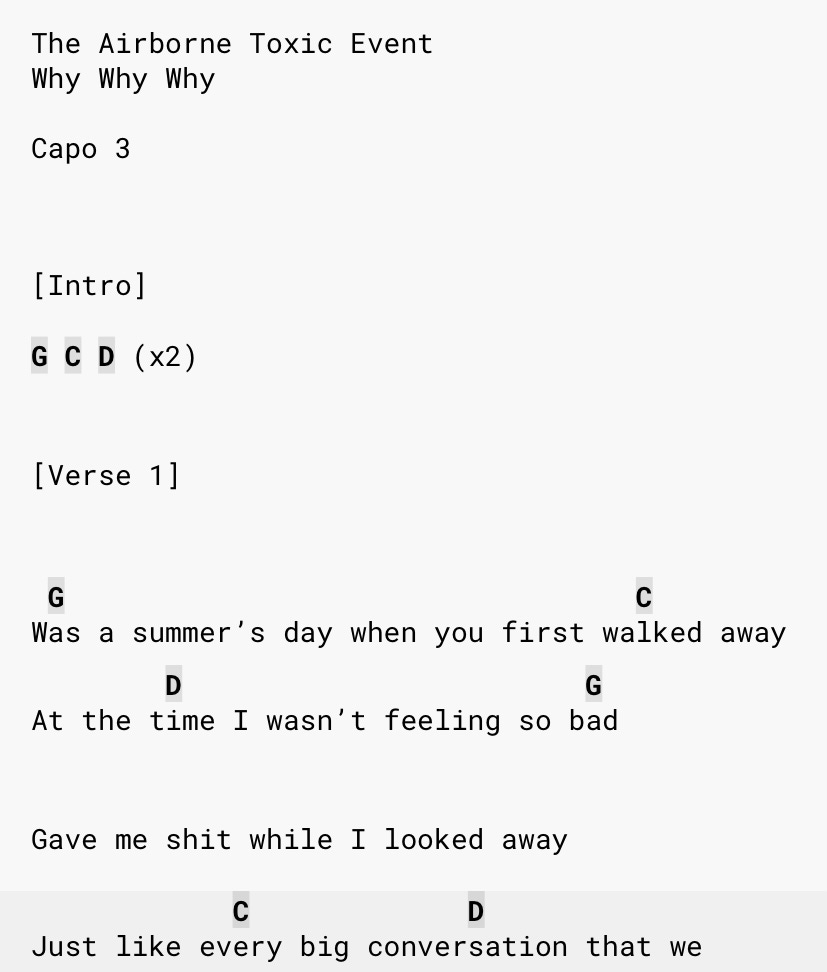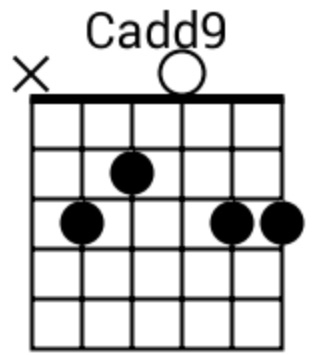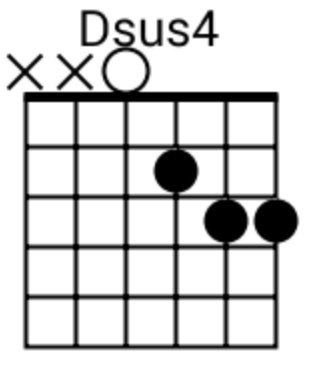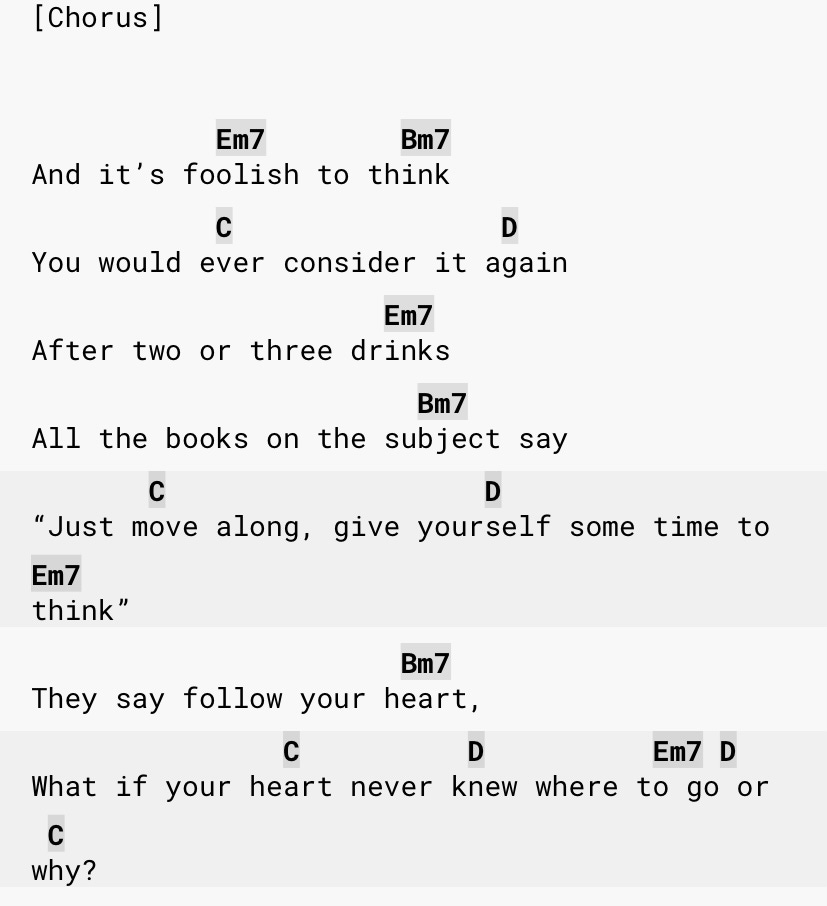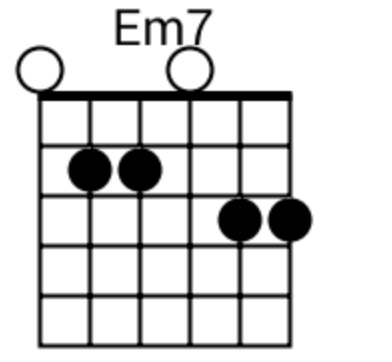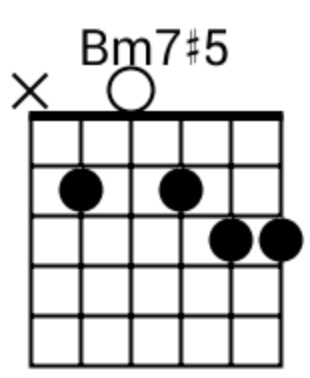Last week’s Bonus Round: “The Airborne Toxic Event is an American rock band from Los Angeles, California, formed in 2006. It consists of Mikel Jollett (vocals, guitar, keyboards), Steven Chen (guitar, keyboards), Adrian Rodriguez (electric bass, backing vocals), Daren Taylor (drums), and Miriam "Mimi" Peschet (backing vocals, violin). Anna Bulbrook (vocals, violin) and Noah Harmon (electric bass) were formerly members of the band.
Named after a section in Don DeLillo's novel White Noise, the group is known for its blend of rock music and orchestral arrangements, having performed frequently with the Calder Quartet, a string quartet based in Los Angeles. The group has also played concerts with the Louisville Orchestra and the Colorado Symphony Orchestra.” Credit: Wikipedia
I’m a big fan of this band, though it’s far from the Americana/folk/country/blues I like to play and write. Their song “Why Why Why” is one of my favorites - great lyrics that tell a story, pretty straightforward without a lot of metaphor, great instrumentals and vocals. I saw them in concert several years ago - great show!!
This video is from a live event with Mikel Jollett on acoustic and lead vocals with Anna Bulbrook (who’s since left the band) on violin and keys. Notice how he’s capoed on the higher frets and keeping a steady strumming rhythm - I imagine he wanted the high pitched tones produced by capoing that far down the fretboard.
I chose the song for the Bonus Round this week because it’s a fun song to play (and no need to capo on 12 or higher) and sing and has some fast chord changes. It’s a great song to use to illustrate a technique to use when the song has fast chord changes but for the most part familiar chord shapes. If you nail down your ring and little finger (note: it’s a figure of speech, don’t use actual nails!) on the B string and high e string respectively at the 3rd fret below the nut (or in this case the capo) and just play the GMaj, and CMaj chord shapes with your index and middle fingers normally you can play the entire song without lifting your ring and little finger. There are other chord shapes in the song, but nothing that can’t be played without lifting your ring and little finger. You’re just not playing the exact chord shape, instead you’re playing some form of the chord shape as an extension or voicing, usually a suspended.
Below is a portion of the chord chart capoed on 3. Note I keep saying “chord shapes”. With the capo on 3, you’re not playing the musical chord, only the chord shapes. Capoed on 3, you’re playing the musical chords found in the Key of BbMaj, which the song was written in. If you wanted to sing in the Key of GMaj, take the capo off. The thing with that is if you listen to the song while you play in the Key of GMaj with no capo, you’ll sound “off key” to the original recording, because, well, you are.
Note every chord shape change in the progression can be made while keeping your ring and middle fingers in place on the B and high e strings (keep in mind the capo’s on three when you’re reading these diagrams, so the thick line at the top of the diagram represents the capo, not the nut):
The Cadd9 and the Dsus4 are chord alterations, but perfectly acceptable and often used as passing or slurred/dawdled chords. The ear hears the basic chord and the alterations make them interesting.
The chorus is slightly more challenging:
Note the quick 3 chord progression at the end of the last line. Less challenging if you play the Em7 shape like this:
and the Bm7 shape like this:
All of these are great chord shapes and if the #5 in the Bm7#5 chord doesn’t sound right to you, mute or avoid the high e. You could mute it by lifting your little finger slightly to “deaden” it, but I always find it easier to just stay away from the high e. Fewer things to think about.
That’s it - you can find the entire chord chart with the capo on 3 on the Ultimate Guitar app if you want to play it, and press the “Listen” button at the bottom to play along with the song, though it’s the album version, not an acoustic version.
Serendipitously, on the American Songwriter magazine site this week, a great chord chart for Don McLean’s classic song “American Pie” is posted (link below) - no capo required! You can use the technique above for a good portion of the song, but there are times you’ll have to jump out of it and then re-form the ring/little finger portion again. This isn’t a bad thing at all, and I find when using it, especially on the Em and Bm based shapes over the course of playing, the stretch required sort of pulls my ring/little finger combination out of position, so it’s good to re-form the shape when you get a chance anyway. Most of the chords will be familiar - the D/F# works best if you curl your thumb from behind the neck to over the fretboard to hit that low E string, second fret F#. Also, if the G/B chord is unfamiliar, it’s a good one to practice - you’ll find it’s a great “passing chord” between other chord shapes and requires some dexterity to do quickly. A good way to practice and build it.
So, this was a good break from theory and other topics to just some good fun while playing some interesting songs- hope you enjoyed!!
Bonus Round: Let the whole world know…
Happy Independence Day and keep playing!!
Cheers!!
Michael Acoustic



